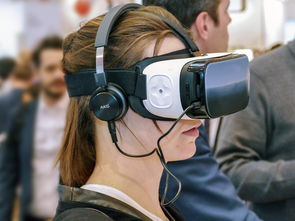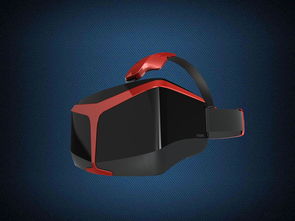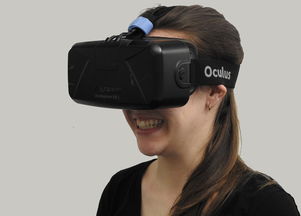Virtual Reality (VR) technology has become an integral part of our modern world, offering immersive experiences that blur the lines between the digital and physical realms. But when did this revolutionary technology first emerge? To understand the origins of VR, we must take a journey through time, exploring its roots and the key milestones that have shaped its development.
The concept of VR can be traced back to the early 20th century, with the term "virtual reality" itself being coined by Jaron Lanier in the 1980s. However, the seeds of VR were sown much earlier. In 1935, Stanley G. Weinbaum's short story "Pygmalion's Spectacles" described a pair of glasses that could project all five senses, providing a fully immersive experience. This was a visionary concept that laid the groundwork for future VR technologies.
Fast forward to the 1960s, and we find the first practical attempts at creating immersive experiences. Morton Heilig, a filmmaker and inventor, developed the Sensorama in 1962. This machine was designed to stimulate all five senses and provide a 3D experience. Although it was not a true VR system by today's standards, it was a significant step towards creating immersive environments.
The 1970s and 1980s saw the development of the first head-mounted displays (HMDs). Ivan Sutherland and Bob Sproull at Harvard University created the Sword of Damocles in 1968, which was an early prototype of an HMD. This device was bulky and required support from above, but it demonstrated the potential of VR technology. In the 1980s, Jaron Lanier and his team at VPL Research developed the first commercial VR system, which included a HMD, data gloves, and a 3D graphics system. This was a significant milestone, as it brought VR technology to the public's attention and sparked further interest in the field.
Throughout the 1990s, VR technology continued to evolve, with companies like Sega and Nintendo exploring the potential of VR in gaming. However, the technology was still in its infancy, and the high costs and limited capabilities of the systems limited their mainstream adoption.
It wasn't until the 21st century that VR technology began to truly take off. The rise of smartphones and the development of affordable, high-quality sensors and displays made VR more accessible and practical. In 2012, Palmer Luckey, a young entrepreneur, created the Oculus Rift, a VR headset that offered a high-quality, immersive experience at a relatively affordable price. This marked a turning point for VR technology, as it demonstrated the potential for widespread adoption.
The success of the Oculus Rift led to a surge of interest in VR, with major tech companies like Facebook, Google, and Sony investing heavily in the technology. Facebook's acquisition of Oculus in 2014 for $2 billion was a clear indication of the potential of VR. This period also saw the development of VR platforms like SteamVR and the release of consumer-friendly VR headsets like the HTC Vive and PlayStation VR.
Today, VR technology has become a multi-billion-dollar industry, with applications in gaming, education, healthcare, and more. The technology has come a long way from its humble beginnings, and its potential for growth and innovation is immense. As we look to the future, we can expect VR to continue to evolve, offering even more immersive and transformative experiences.
In conclusion, the emergence of VR technology can be traced back to the early 20th century, with significant milestones in the 1960s, 1980s, and 2010s. The development of VR has been a collaborative effort, with numerous inventors, researchers, and companies contributing to its growth. As we continue to push the boundaries of what is possible, VR technology will undoubtedly play a crucial role in shaping the future of human experience.









